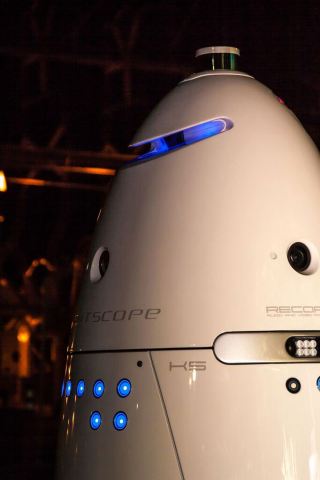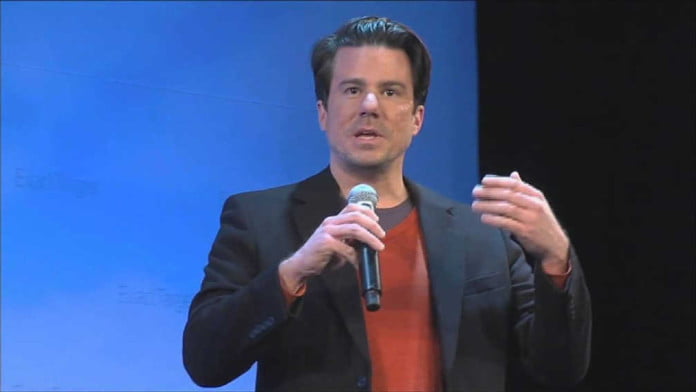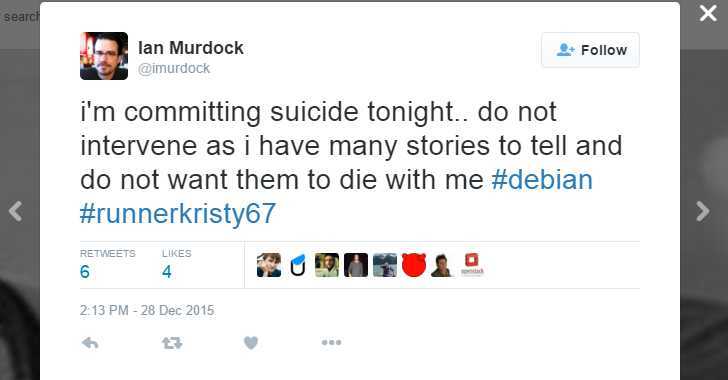Most of us make delusional New Year’s resolutions that involve quit smoking, deiting, no more be an internet worm like that, but not for Zuckerberg. Facebook CEO, Mark Zuckerberg’s new year’s resolution resolution is lot more different from others.
In 2016, Zuckerberg wants to focus on Artificial Intelligence (AI) and is even thinking of a simple AI to run his home and workplace lik the famous Jarvis character in the Hollywood movie “Iron Man”.
Also Read : Why we are Addicted to Facebook ? – Interesting Survey Results
Earlier today, he wrote on his own Facebook page that his “theme” for 2016 is invention and his goal is “to build a simple AI to run my home and help me with my work.”
Every year, I take on a personal challenge to learn new things and grow outside my work at Facebook. My challenges in…
Posted by Mark Zuckerberg on Sunday, January 3, 2016
Zuckerberg will start the project by exploring existing technology, he wrote. He will then begin teaching the technology to understand his voice so that it will learn to control everything in his home, such as music, lights and temperature.
His plans also include teaching the assistant to let friends into his home by looking at their faces when they ring the doorbell, Zuckerberg wrote. The assistant will visualize data to support Zuckerberg at work, he wrote.
“This should be a fun intellectual challenge to code this for myself,” Zuckerberg wrote. “I’m looking forward to sharing what I learn over the course of the year.”
Also Read : After Facebook, Twitter & Yahoo, Now Microsoft will also Notify Users State Sponsored Hacking Attacks
Zuckerberg’s New Year’s Resolution in Past Years
In 2015, while the rest of us halfheartedly plodded away on treadmills at unimpressive speeds for two weeks or so before giving up, Zuckerberg vowed to read a book every other week, essentially inviting everyone on Facebook to be in his book club. And he did it.
In 2014, while many were trying to pack healthy lunches instead of throwing down a noontime Baconator on the regular, Zuckerberg challenged himself to write one thank-you note every day. And he did it. (He admitted it wasn’t easy, though.)
In 2013, while John and Jane Everyman tried to give up their vices and wound up consoling themselves by taking up new ones, Mark Zuckerberg swore to expand his real-life social network bymeeting someone new every day. In person. This was a challenge for him because Zuck is a self-proclaimed awkward dude. But he did it.
In 2011? You may have vowed to do more community service. Zuck pledged that he would only eat meat that he butchered himself. If that’s not hardcore, I don’t know what is.
Oh yeah, and then there was that time in 2010 when he blew everyone away by casually learning Mandarin. I don’t remember what my resolution was that year, but I’m nearly positive it had nothing to do with Mandarin and everything to do with Doritos. Oh, and I didn’t keep it.
Also Read : Mark Zuckerberg Quit His Job At Facebook Because Of This Bug
So tell us what’s your New Year’s Resolution ? We like to hear from you in comments!














